Affiliate links on Android Authority may earn us a commission. Learn more.
Redmi Go Impressions: Here's what a $65 smartphone gets you
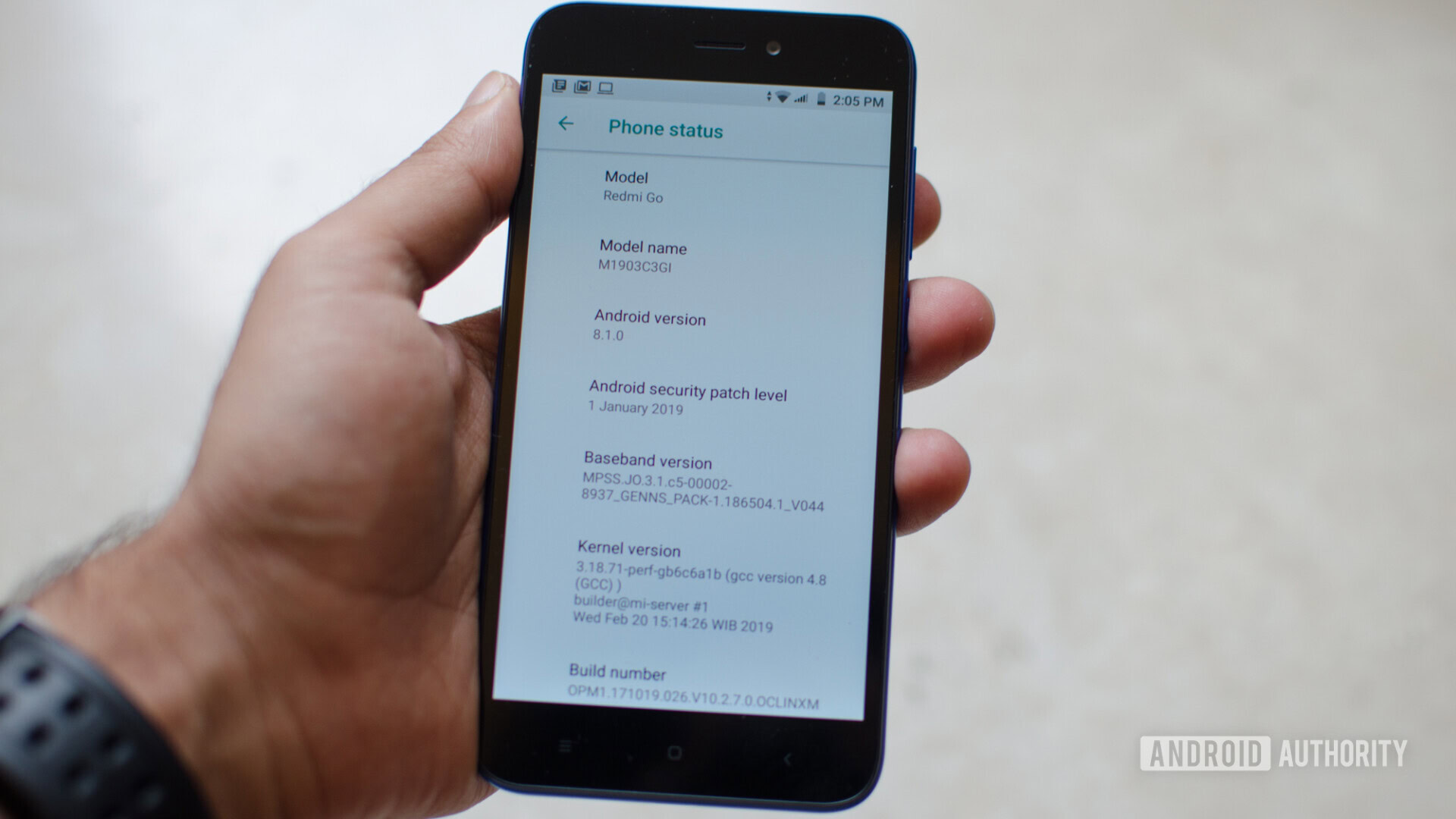
The Xiaomi Redmi Go is a 4,499 rupee (~$65) smartphone that competes in a market that has so far been serviced mostly by no-name Android phones. Quite literally, the only competition that the Redmi Go has is the Nokia 1 and a few outdated phones by the likes of Xolo and Panasonic. The company’s most affordable phone in India, however, has its sight set on the country’s massive feature phone market.
First, some context. Feature phones are still a very strong market in India. In 2018, shipment numbers stood at 181.3 million units (h/t IDC). These low-cost devices with a basic feature set and a focus on long battery life command a 56 percent share of the market and shipment numbers are showing no signs of slowing down. In fact, shipments for feature phones in India experienced a 10.6 percent year-on-year growth in 2018. IDC’s 2018 report talks about how smartphones are still inching towards shipment parity with feature phones as overall shipments touched 142.3 million.
The Redmi Go is perfectly positioned at the inflection point between feature phones and smartphones
Xiaomi’s Redmi Go comes in at a price point where it is perfectly positioned as a stepping stone between feature phones and smartphones. The Nokia 3310 costs 3,310 rupees (~$48) while the fairly popular JioPhone 2 costs 3,000 rupees (~$43). These are devices running KaiOS and have the most basic of internet services available to them.
So far, the cheapest device in Xiaomi’s line up has been the Redmi 6A but at a starting price of 6,000 rupees (~$87), the price is too much of a leap for someone who is upgrading from a feature phone. The Redmi Go makes perfect sense as a first smartphone for anyone looking to upgrade from the basic feature phone experience.
The hardware itself is utilitarian but robust and serves the needs of the market the phone is playing in. We’ve got the blue variant with us and the matte back feels way better than you would expect from a 4,500 rupee phone. In fact, ergonomics are generally pretty good all around. The volume rocker and power button are placed on the right and deliver great feedback. On the left side, there are two separate slots for the primary SIM slot as well as the secondary SIM and micro-SD card.
Over at the top is a 3.5mm headphone jack while the bottom of the phone has a speaker grille in addition to a micro-USB port. Quick testing reveals that the speaker doesn’t go all that loud. The micro-USB port on the other hand isn’t really a problem as the target audience here will either be first time smartphone buyers or those who already have an older charger on hand. The prevalence of micro-USB in the target markets makes it the obvious choice, especially in this price bracket.
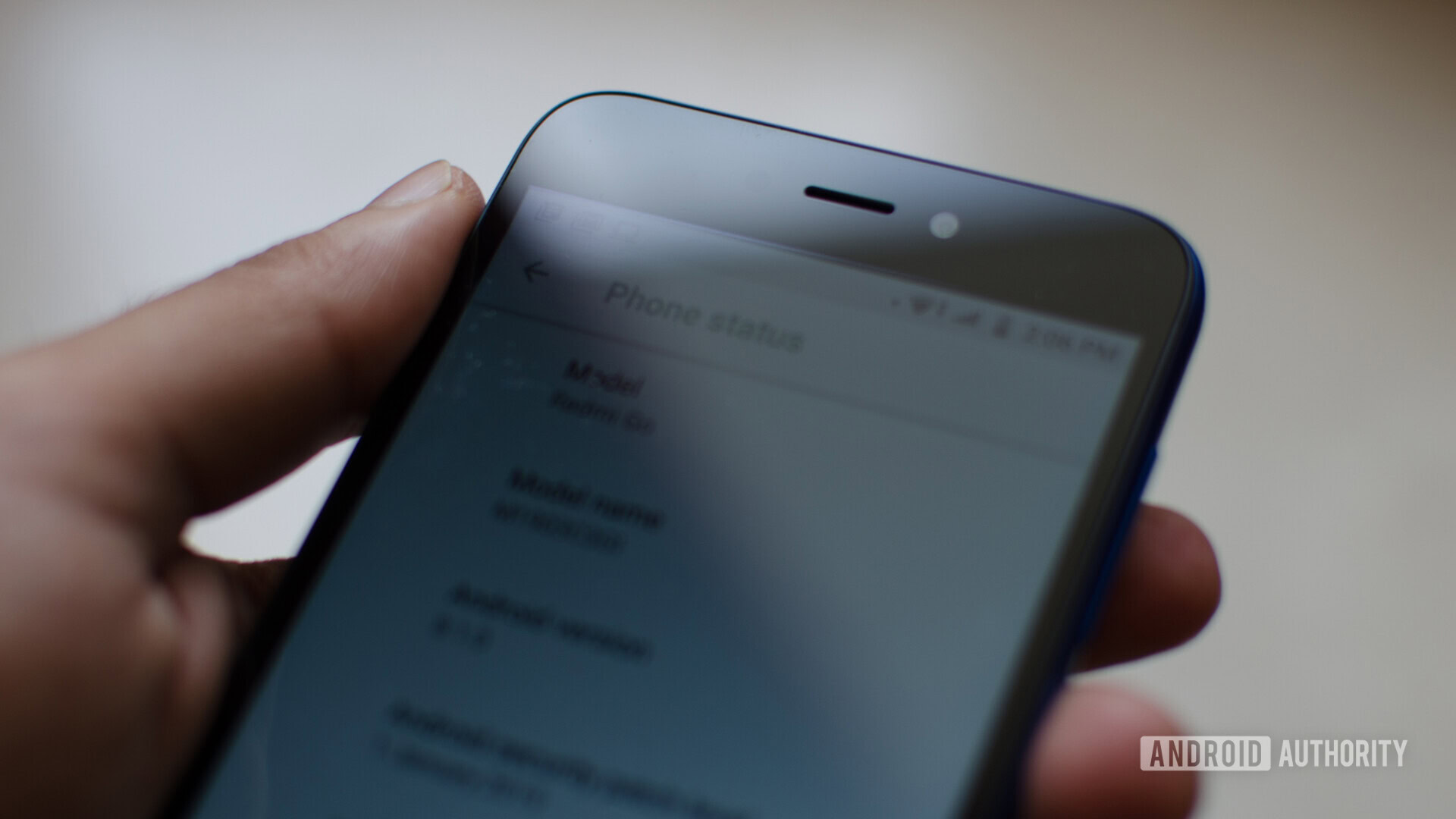
Flip the phone over and it shouldn’t come as a surprise that the phone has large bezels. The phone has been built to a price and the front makes it very obvious. What you do get here is a 5-inch HD display that looks really good. Both the resolution and the quality of the screen used here is much superior to most competing devices and that counts for a lot more than slimmer bezels. The three capacitive keys placed below the screen are not backlit.
Performance is snappy despite the limited hardware.
The phone runs Android Go Oreo Edition on a Snapdragon 425 chipset paired with 1GB of RAM. Despite the limited hardware, performance is snappy to say the least. The operating system and apps have been optimized for a low memory footprint and the eight gigabytes of memory should get the job done for casual users.
The Xiaomi Redmi Go runs Android Go in a near stock configuration. The default launcher has been replaced by Mint Launcher which brings in a few customization options like support for icon packs. You will find a fair few apps including ones for Amazon, Facebook, Mi Drop, Mi Community, a file manager, an additional browser as well as a cleaner app. Predictably, none of these can be uninstalled.
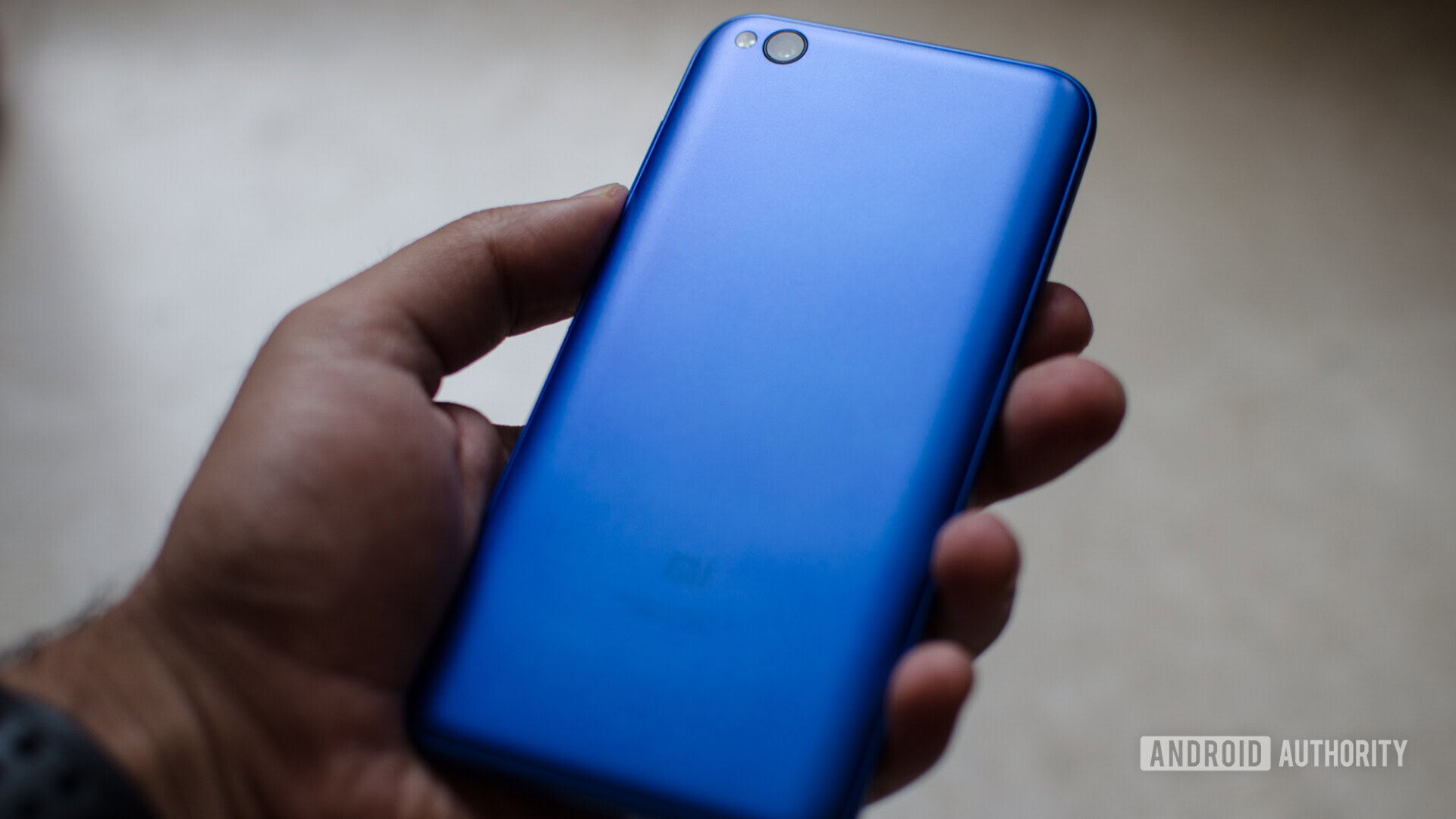
The Redmi Go has an eight megapixel rear facing camera along with an LED flash. Meanwhile, a five megapixel shooter handles selfies over at the front. We’ll talk more about actual image quality in our upcoming review but, at least on paper, the phone delivers a pretty good package. The rear camera is capable of shooting Full HD videos at 30 FPS which is quite a bit better when compared to the Nokia 1 that tops off at 480p video recording. The front camera too has an HDR mode for better selfies.
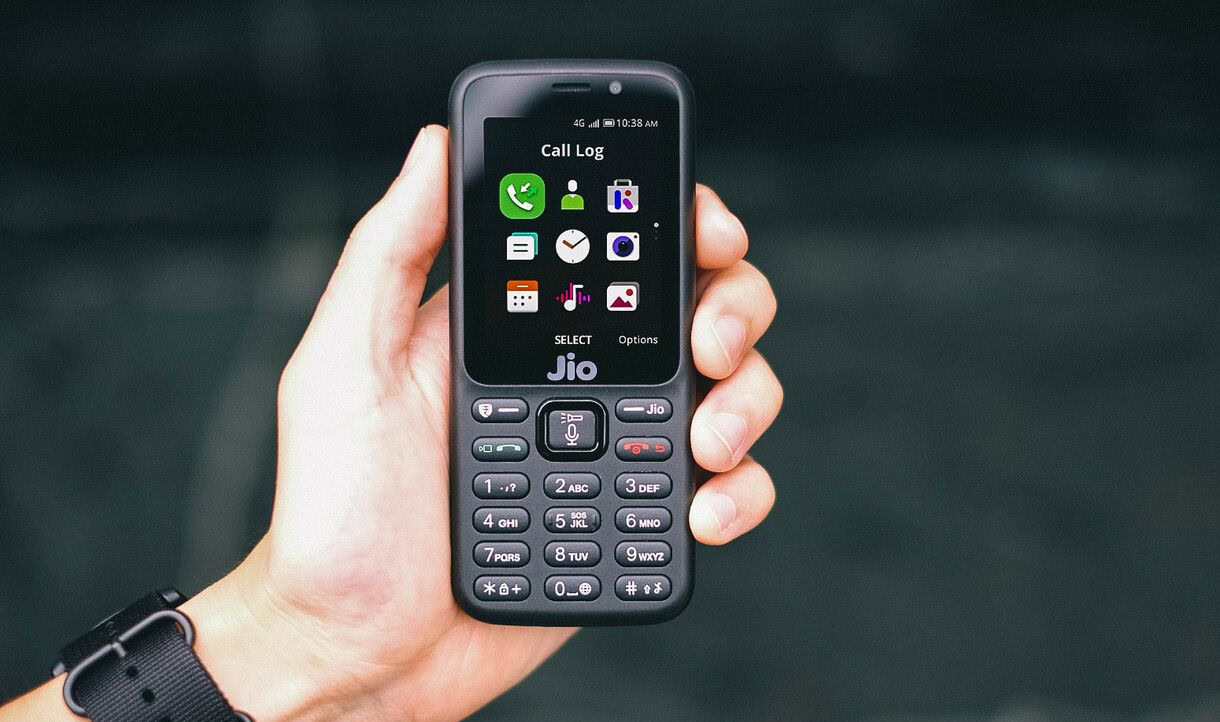
The Redmi Go isn’t a conventional phone. In fact, it would be safe to say that the majority of the readers here would have no interest in such a basic smartphone. That said, the Redmi Go serves an important purpose in getting people connected. The phone will be sold in limited markets like India and Philippines where feature phones are still strong and a growing population is trying to get online. While KaiOS based feature phones have done a good job at bringing basic internet services to feature phones, these devices simply cannot compete with a full blown Android running smartphone.
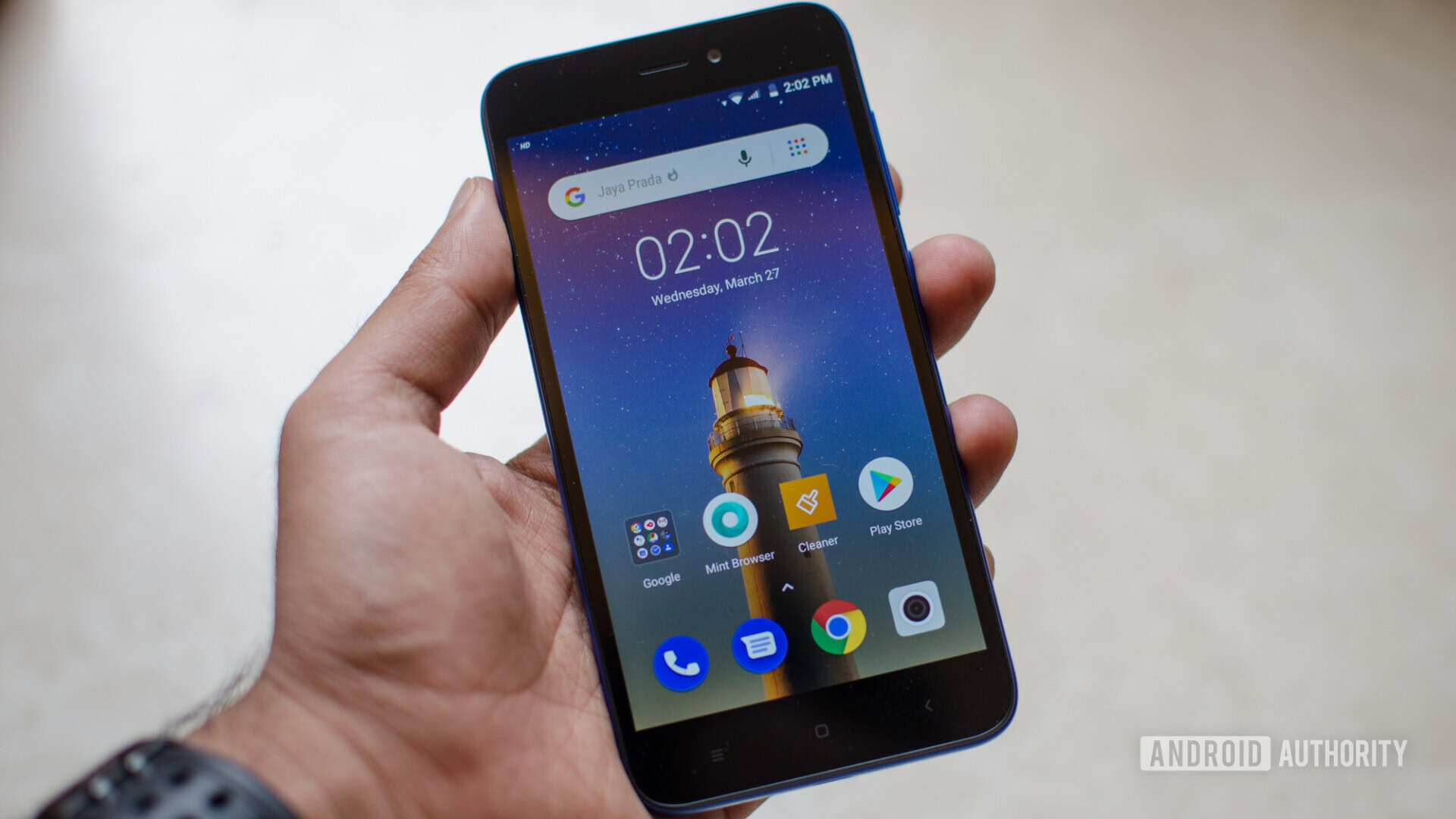
That’s exactly where the Redmi Go comes in. The phone is stepping stone between the higher priced Redmi 6A and the feature phones that the audience is upgrading from. It delivers good specs, a fluid experience and robust build quality for a fair price.
What do you think? Is the Redmi Go the phone to buy if you want a spare device on hand or if your needs are more basic? Or would you stick to a feature phone for the simplicity and great battery life? Let us know in the comments section.